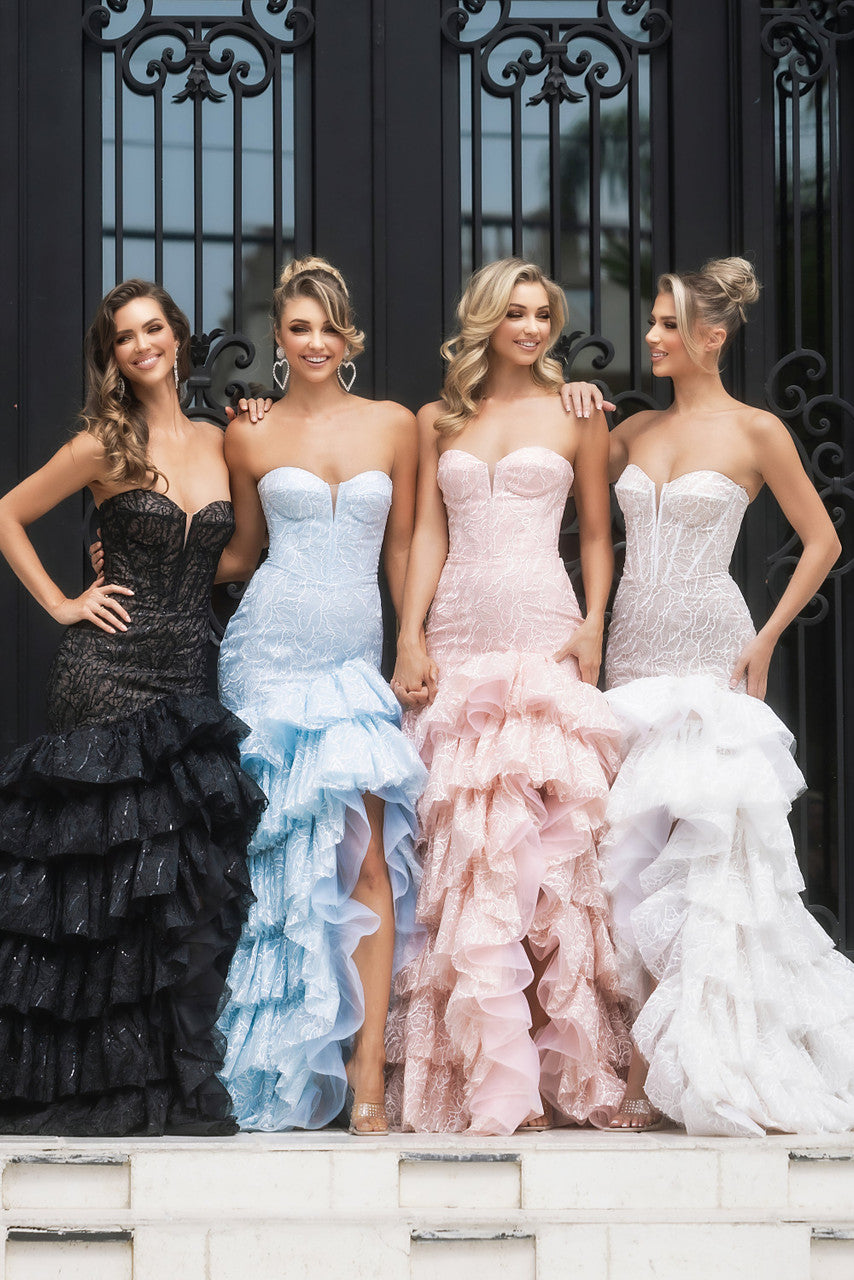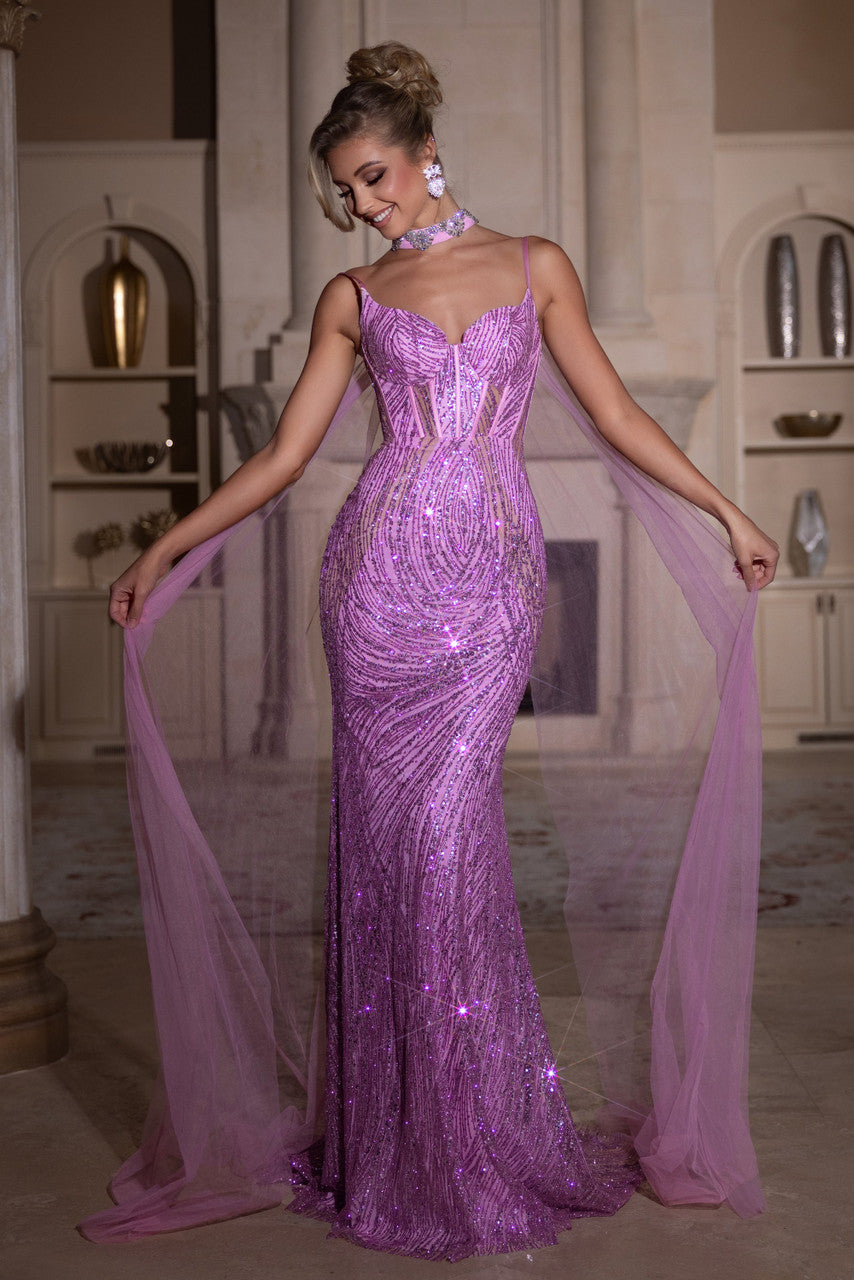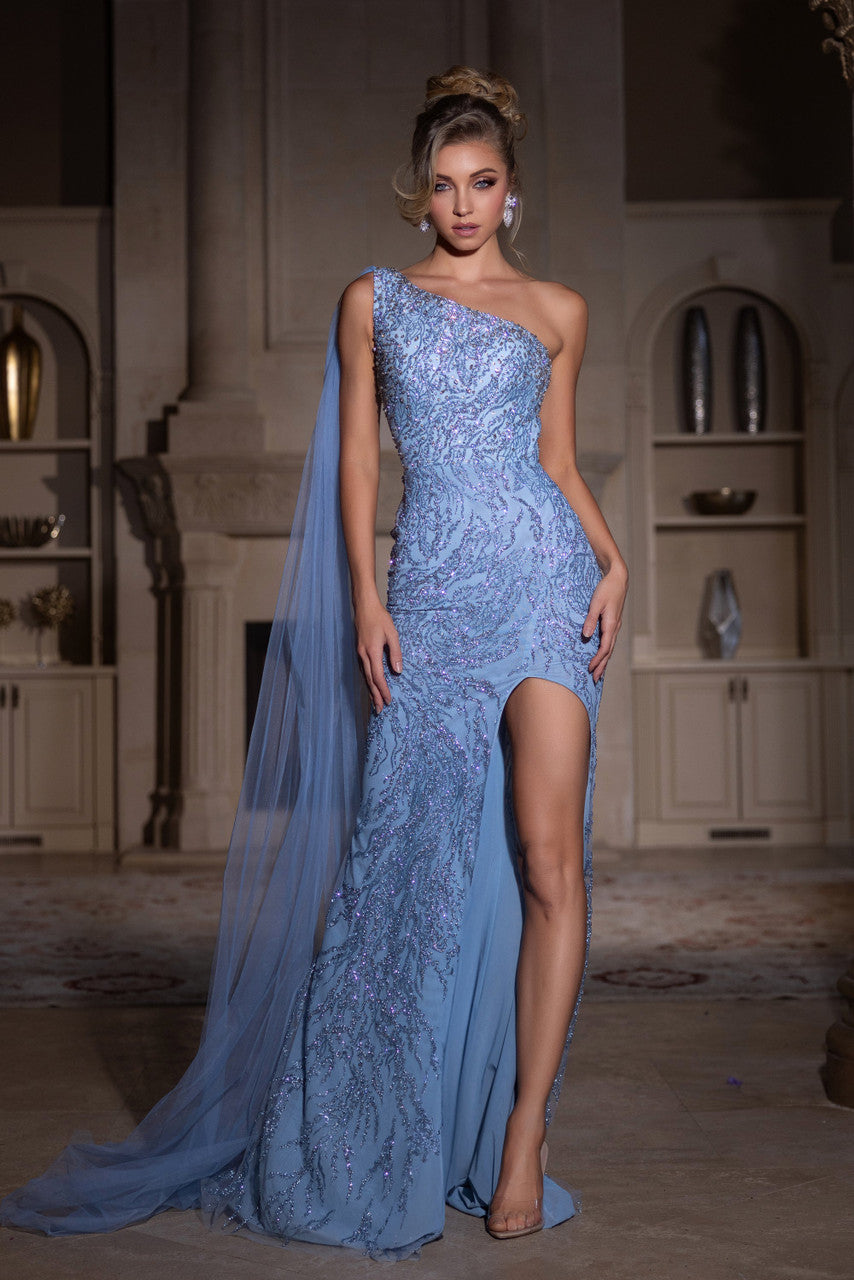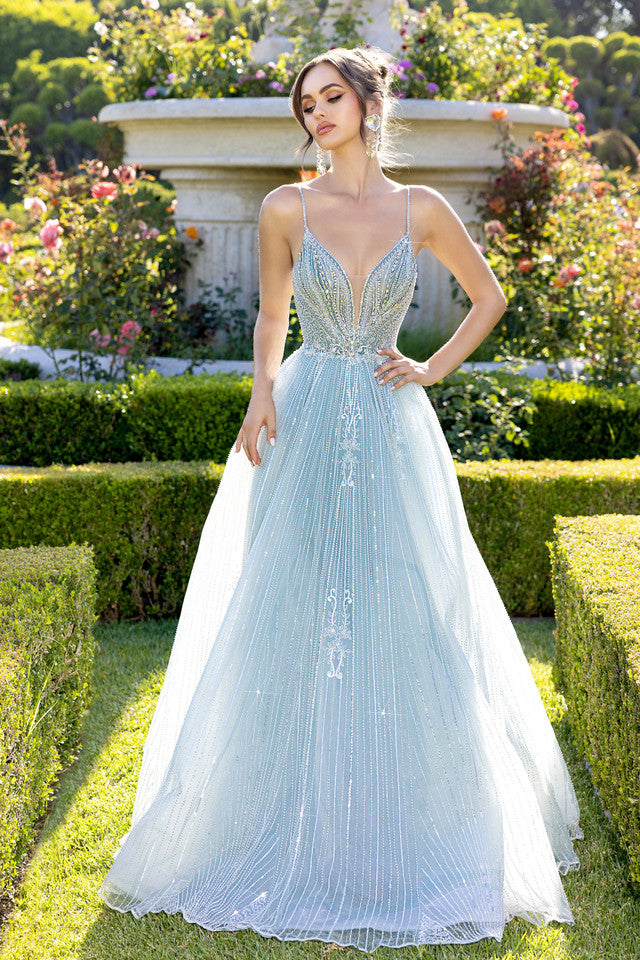Table of Contents

Dress-up has been a source of joy for both adults and children alike for decades. It is a great way to discover fashion, show personality, and have some fun with creativity. Whether dressing up as a princess, or superhero or trying out virtual wardrobes in online video games, dress-up does a lot more than amuse. It also assists children with their development and directs trends in digital gaming as well as offers its users a platform to try out style.
But then, why are we so drawn to dress-up games? With so many other ways to have fun, why are they still popular? Let's take a closer look at the hows, whys, and wheres of dress-up games.

Types of Dress-Up Games
From toddlers to teens, any age can find their desired dress-up activity in this endless world of dressing games. It is vast and varied. Here, we will list some popular dress-up games:
1. Classic Costume Play
This is among the earliest types of dressing games. Children and adults don costumes that mimic their favorite characters such as the pirate, the princess, and more. Classic costume play leads to creativity, storytelling, and the building of role-play skills.
2. Paper Dolls and Fashion Cut-Outs
Before the internet, children played with dolls with little cut-out outfits on them. This may seem antiquated today, but dressing up was an integral part of early fashion exploration. It allowed kids’ imaginations to run free and try different styles.”
3. Online and Mobile Dress-Up Games
The internet brought forth online dress-up games. Examples of interactive wardrobe experiences are Stardoll, Barbie Fashionista, and The Sims franchise. They let players mix and match unique outfits to dress their avatars. Mobile apps like Covet Fashion, Love Nikki and Fashion Nova take virtual fashion to the next level using virtual fashion features such as social sharing, real-life brand collaborations, and challenges for the users.

4. Cosplay and Themed Dress-Up
Cosplay, an abbreviation for “costume play,” has greatly expanded and promoted the world of dress-up. Cosplay is not like the original kind of dress-up game. It requires intricate crafting or buying beloved costumes inspired by characters from movies, TV shows, anime, or video games. Comic-Con and anime conventions give diehard fans the opportunity to wear elaborate costumes and regalia, and in some way bring these fictional characters to life.
5. VR & AR Fashion Games
Technological progress allows dress-up games to adapt to the new era. Immersive experiences like virtual reality (VR) and augmented reality (AR) are improving the way people engage with virtual wardrobes. Fashion apps have begun to allow users to virtually try on clothes before purchasing them in real life using AR technology.

Why Dress-Up Games Are More Than Just Fun
While dress-up games are a fun way to spend time, they also serve certain purposes that help with creativity and personal development. Here’s why they are more than just playtime entertainment:
1. Fostering Creativity and Self-Expression
Dress-up games allow people to express their personality through fashion. From colors to texture, style, etc., these games encourage players to develop their own aesthetics and show off their individual preferences.
2. Developing Cognitive and Social Skills
Dress-up games encourage problem-solving, decision-making, and storytelling skills in young children. Playing dress-up with others is also the basis of social interaction, teamwork, and communication.
3. Learning About Fashion and Cultural Diversity
Some dress-up games offer insight into the world of different fashion styles, and cultural attire around the world. This adds an element of education to the game, as players can learn about the various fashion trends across the globe accounting for a different aspect of the

4. Developing Confidence and Role Play Skills
A child who dons a superhero cape may feel brave; one who dresses up like a doctor may feel inspired to explore medicine. Make-believe play like this, boosts confidence by allowing kids to be the person they want to be and see themselves in new ways.
5. Career development/career inspiration
Dress-up games might encourage kids to design clothes or mix and match outfits. Just as designers, makeup artists, and fashion influencers all got their careers started by playing dress-up games in their childhood.
Dress-up games are proof that their timelessness can grow from a silly childhood pastime and evolve into complex digital experiences that amuse and educate. From perfectly stylized costumes to interactive mobile apps or even the latest in virtual reality fashion — the power of putting on costumes and playing dress-up is an enduring favorite we will always love. Enjoy the benefits of it as much as you enjoy doing it as a hobby.
